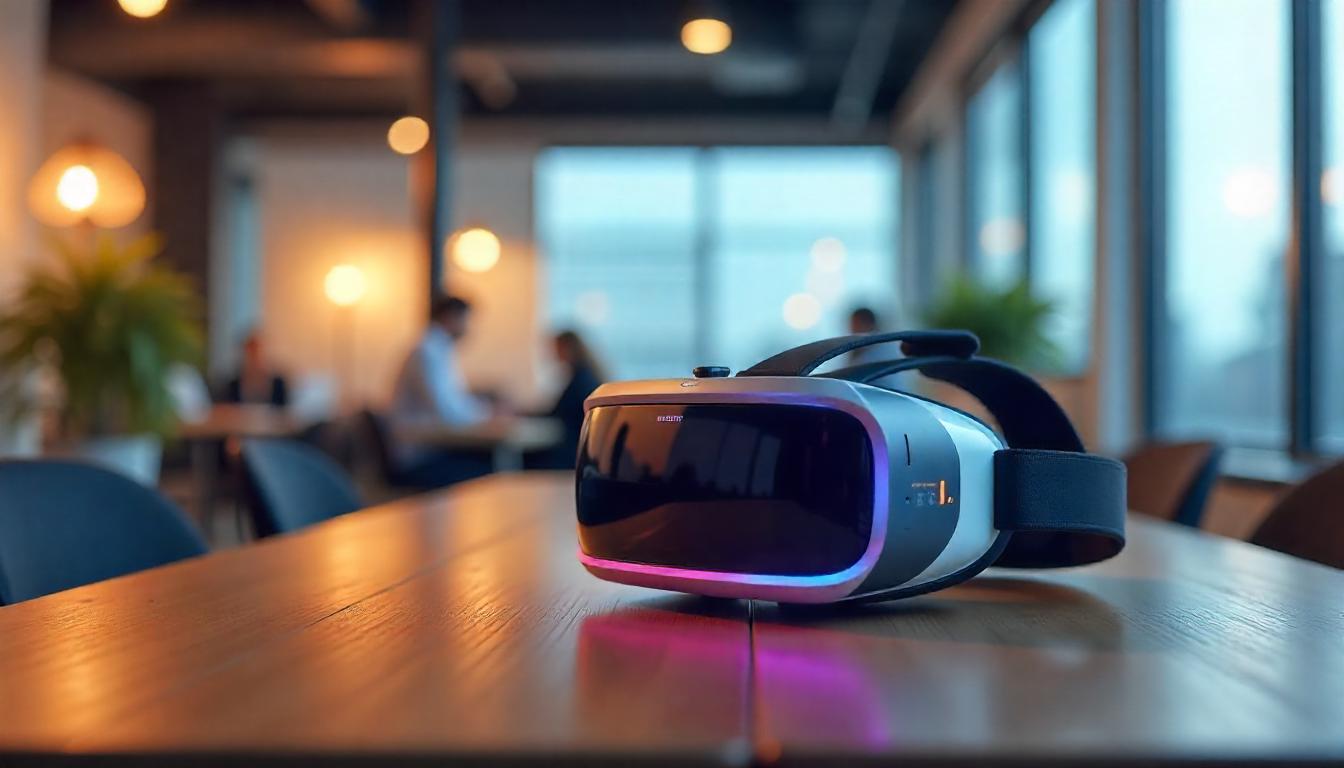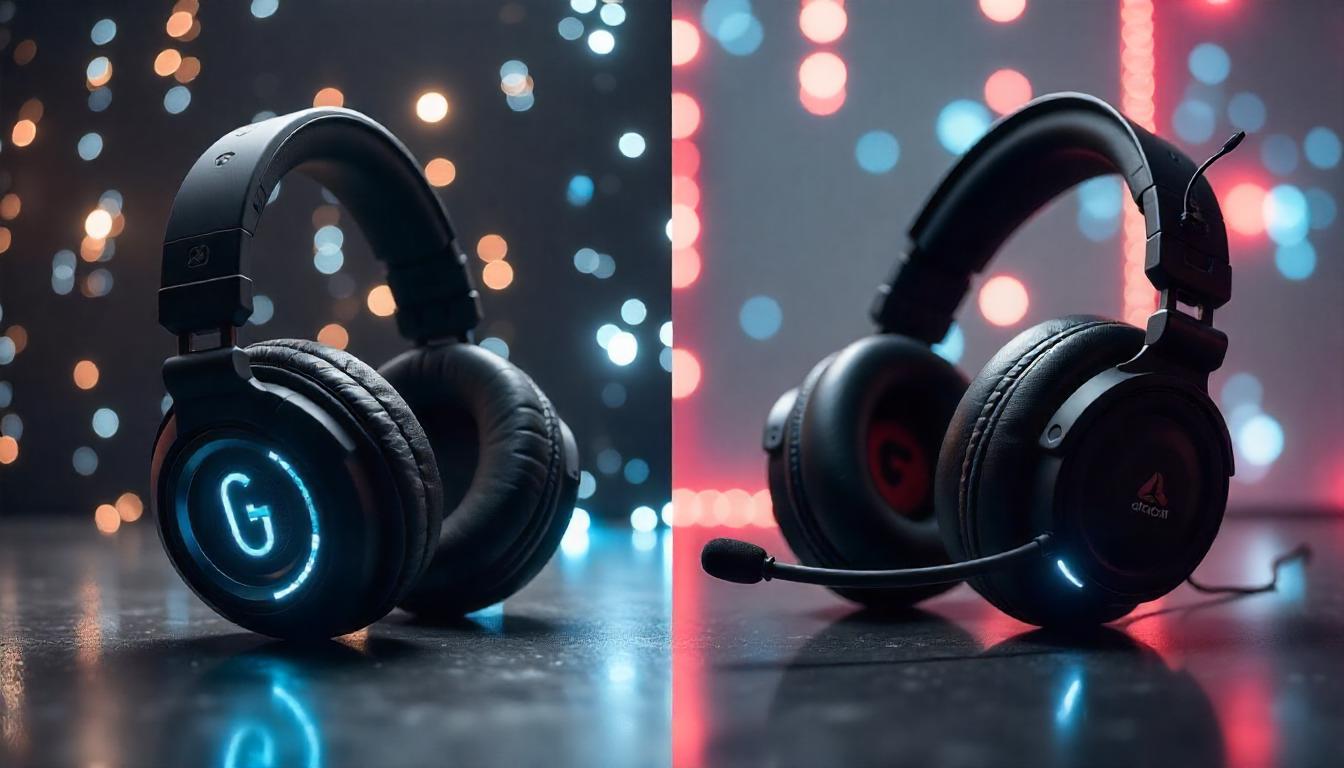As the Meta Quest 4 continues to redefine virtual reality, it’s essential to unlock the full potential of this next-gen immersive experience. By strategically adjusting your settings, incorporating cutting-edge accessories, and optimizing software tweaks, you can achieve a level of lifelike immersion that blurs the lines between reality and the virtual world. This guide will take you beyond the basics and delve into the nuanced, tech-savvy adjustments that will elevate your VR experience to new heights.
1. Graphics and Visual Enhancements: Pushing the Visual Envelope
The Meta Quest 4 features an impressive OLED display with enhanced resolution and contrast, but there are tweaks that can optimize clarity and immersion further.
- Enable Advanced Rendering: For the most lifelike visuals, activate Foveated Rendering (available in developer mode or through software updates). This technology dynamically reduces the graphical load on the peripheral vision while increasing the fidelity where your eyes focus. Combined with the Quest 4’s eye-tracking capabilities, this allows the device to maintain high-quality visuals where it matters most.
- Adjust Pixel Density for Clarity: Access the Developer Settings and adjust the Pixel Density setting to get sharper text and smoother details. While Quest 4’s default setting offers a balanced experience, slightly increasing the pixel density (if your GPU can handle it) improves visual sharpness in complex environments like sci-fi landscapes or intricate action sequences.
- Optimize Brightness and Contrast: For the most vivid realism, manually tweak the brightness and contrast settings to suit your environment. In dim rooms, dial down the brightness to reduce strain, but for bright settings, boosting contrast can help the immersive visuals pop with more depth.
2. Audio Immersion: A Soundscape That Elevates Reality
Audio is often the unsung hero of VR immersion. Meta Quest 4 comes equipped with spatial audio, but there are a few tips to maximize the auditory experience:
- Fine-Tune Spatial Audio Settings: In the Settings > Audio section, make sure that Spatial Audio is enabled, but also experiment with the Equalizer settings for different audio profiles. Customizing the frequency balance can make dramatic improvements, especially in game worlds where subtle background sounds can enhance immersion. Some users may prefer a bass-heavy profile for action-packed experiences, while others might opt for a more neutral soundscape for atmospheric VR exploration.
- Consider Third-Party Audio Solutions: For audiophiles, integrating high-end wireless earphones or custom-designed headsets with the Quest 4’s audio system can elevate the realism. Accessories like the Soundcore VR P10 Bluetooth earphones integrate seamlessly, offering deep, rich sound quality with low latency that enhances the sense of being in another world.
3. Environmental Optimization: Immersive Spatial Calibration
Your physical environment plays a crucial role in how immersive your experience feels. Quest 4’s Guardian system allows for flexible boundary setups, but there are more advanced steps to maximize spatial calibration.
- Utilize the Full Room-Scale Experience: When setting up your Guardian boundary, use the Room-Scale setting to its full potential. Try to set up in an area that allows for maximum movement, ensuring that your play area is clear of obstacles. If possible, use a larger play area (preferably 10×10 feet) to experience the full depth of movement, whether you’re navigating dystopian landscapes or exploring immersive simulation environments.
- Optimize Lighting Conditions: The Quest 4’s inside-out tracking performs best in environments with consistent, indirect lighting. Avoid harsh, direct light sources that can confuse the sensors. Aim for soft ambient lighting that lets the sensors track accurately, creating a smoother, more immersive experience.
4. Accessories for Maximum Immersion: Enhancing Reality
To unlock the fullest VR potential, some accessories can bridge the gap between immersion and hyper-realism.
- Elite Strap with Battery: While the Quest 4 is built for comfort, the added weight can be off-putting during extended sessions. A well-designed Elite Strap with Battery not only ensures that your device stays secure and comfortable, but it also extends playtime with additional power. The improved weight distribution allows for hours of continuous immersion without fatigue.
- VR-Optimized Controllers: While the Quest 4’s native controllers are quite advanced, consider investing in Trackers or Haptic-Feedback-enhanced Controllers for added realism. The TactSuit X40 for example, provides full-body haptics that simulate everything from light touches to intense impacts, creating a more tactile experience that heightens immersion.
- 360° VR Camera and Sensors: If you truly want to step into a hyper-realistic VR experience, using a 360° VR Camera paired with Quest 4’s tracking capabilities can allow you to record and integrate your environment. This is especially ideal for training simulations or immersive storytelling experiences where having a detailed, real-time 3D model of your surroundings can add depth to the experience.
5. Software Tweaks: Deep Dive into Customization
- Use “Virtual Desktop” for Productivity and Play: The Virtual Desktop app allows you to access your computer’s desktop through Quest 4, but you can take it a step further by adjusting the Render Distance and Refresh Rate settings. This creates an immersive digital workspace or gaming environment where everything feels larger than life, whether you’re working or enjoying content in VR.
- Customize VR Comfort Options: The Quest 4 comes with built-in Comfort Settings, which can be fine-tuned to suit your preferences. For highly immersive experiences, adjust the Movement Comfort settings to reduce motion sickness by setting it to Teleport or Snap Turn if you are prone to discomfort. You can also activate Dynamic FOV (Field of View), narrowing the visual field for fast-paced action sequences to mimic a more focused, immersive experience.
- Third-Party Enhancements: For tech enthusiasts who want even more control, explore third-party VR apps such as Bigscreen or Virocon for more customizable environments, higher-quality streaming, or the ability to enhance lighting and spatial awareness in your virtual surroundings.
6. Future-Proofing Your Experience
The Meta Quest 4 is already an impressive piece of hardware, but it’s important to future-proof your setup. Look out for frequent updates from Meta that could unlock new hardware features, software optimizations, or even exclusive content. Stay connected with developer forums or social media to keep tabs on beta testing opportunities that offer access to the latest VR advancements. Furthermore, investing in a high-performance Wi-Fi 6 router will ensure that any cloud-based VR experiences remain lag-free, opening the door to cutting-edge gaming and simulation possibilities.
Conclusion: A New Era of Immersive VR
By pushing the limits of Meta Quest 4’s settings, accessories, and software customization, you’re not just playing a game—you’re diving headfirst into a new realm of reality. The true magic of VR lies in the ability to adapt your tech to fit your immersive needs. Through careful adjustments and the right tools, you’ll unlock an experience that doesn’t just simulate reality—it is reality. Welcome to the future of immersion.






Leave a Reply